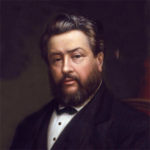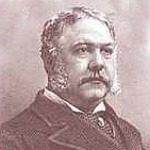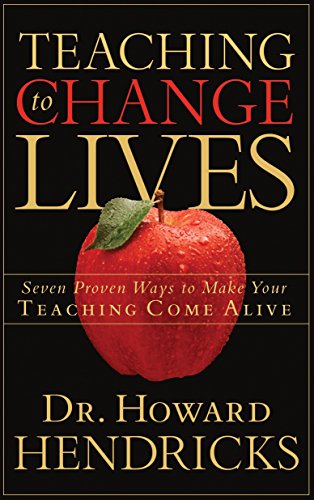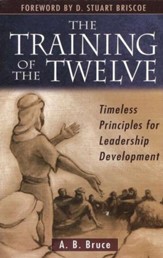Quotes about Teaching
The cone of learning says that we remember 10 percent of what we read, 20 percent of what we hear, 30 percent of what we see, 50 percent of what we see and hear, 75 percent of what we see, hear and talk about, and 90 percent what we see, hear, talk about and do. The main message from these statistics is that the more a child can interact with all of his senses, the more apt he is to retain what he has been taught…(According to Deuteronomy 6:6-9) God warned the Israelites to internalize His teaching so He presented His word, stated His goal, and then provided for each learner’s style. He used a variety of methods to motivate.
The fact is, there is a “course” that addresses every issue we will ever face. The Teacher loves to meet one-on-one with His students, so that He can tailor the course to our needs. He is willing to hold class every day that we are willing to meet. We already have the Textbook, which was written by the Teacher Himself. Parts of it can be difficult to grasp. But the Teacher is always available – twenty-four hours a day – to help us understand.
Those who teach by their doctrine must teach by their life, or else they pull down with one hand what they build up with the other.
The best teachers are those who simply can’t wait to teach something they truly love.
The Conviction to Lead, Bethany House Publishers, 2012, p. 71, Used by Permission.
Get this book!
A good teacher like John the Baptist, clears the way, declares the way, and then gets out of the way (Derek Prime and Alistair Begg).
On Being a Pastor, Moody Press, 2004, p. 136. Get this book!
The mark of a good teacher is that what is difficult and complicated becomes simple to understand (Derek Prime and Alistair Begg).
On Being a Pastor, Moody Press, 2004, p. 132. Get this book!
I love to analyze Jesus, the greatest teacher in action. For Him, it was not just about “dumping” information. He engaged His students with gentle love and masterful skill. Finding out where His audience stood and having them express it for themselves. Allowing them to share their thoughts, feelings, concerns and questions. Talking them through their situation. Taking passive listeners and creating active listeners. Instilling a desire to know truth. Always guiding the conversation to a spiritual emphasis. Using an appropriate and strategic economy of words.
The Bible is God’s Word, God’s manual for living a successful life. A wise person learns it, remembers it and lives by it. It’s been said, “People more frequently need to be reminded than informed.” And a wise teacher and wise parent doesn’t always have to say something new. They have no problem repeating the essential truths by way of reminder (see 2 Pet. 1:12-13, 15; 3:1-2).
No matter what good truths you have to teach, no one will thank you if you do not speak kindly.
Good teachers are approachable and easy to talk to; they are not irritable, defensive, or quick to argue with people who disagree… [They] must not lose their temper, scold their students, yell at them, or seek revenge because they offend… Angry…teachers generate fear and stifle the spirit of inquiry, especially in children and adolescents.
Leading With Love, Lewis and Roth, 2006, p.130-131, Used by Permission. Get this book!
We [must] give the Spirit of God opportunity to work in their lives to enable them to digest biblical truth. “A man convinced against his will is of the same opinion still,” but those members taught by the Spirit of God will indeed be changed.
Practical Wisdom for Pastors, Crossway Books, 2001, p. 137. Used by Permission. Get this book!
Education in itself without moral correction does little except to produce clever sinners.
The mediocre teacher tells. The good teacher explains. The superior teacher demonstrates. The greatest teacher inspires
If you don’t spend time thinking about God, you won’t have much to say about God.
Everyday Talk, Talking Freely and Naturally about God with Your Children, Shepherd Press, 2004, p. 19, Used by Permission. Get this book!
Vision is our dominant sense. A report published by the Xerox Corporation years ago revealed that 83 percent of what we learn comes through our sight. Hearing provides for 11 percent of what we learn, compared with extremely small percentages from the other three senses: smell, 3.5 percent; touch, 1.5 percent; and taste, 1 percent. No wonder Jesus used visuals!…( Most importantly) Jesus very life was a visual, reinforcing what He taught.
Read through the Gospels, and you quickly conclude that Jesus was a dynamic, remarkably effective teacher. Never boring, always stimulating. Never obtuse, always clear. Never pompous or distant, always personal and lovingly concerned.
















